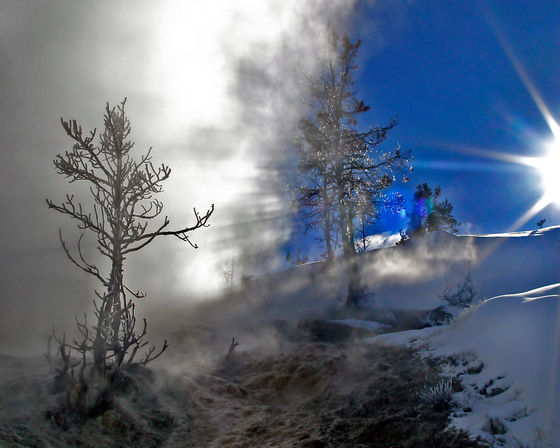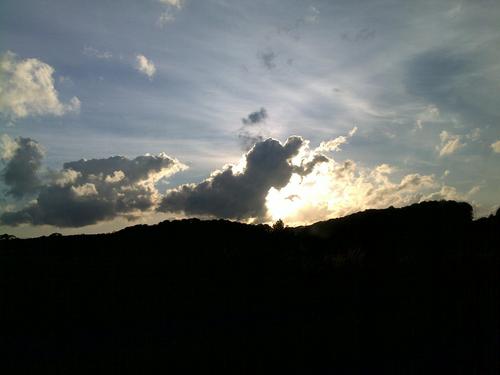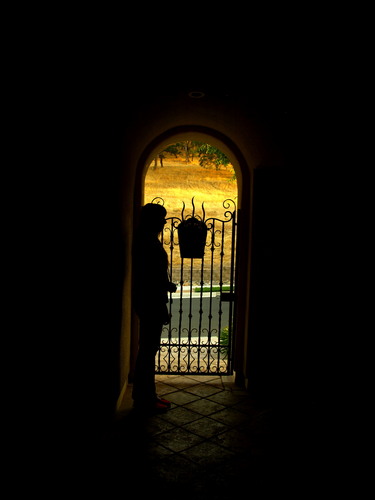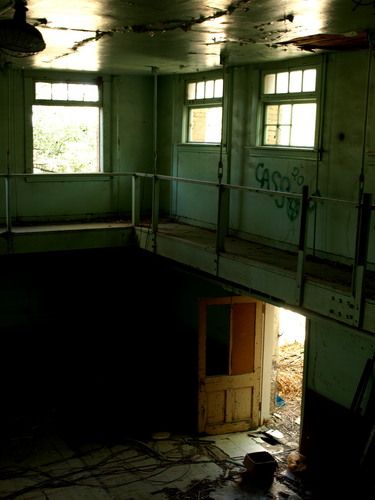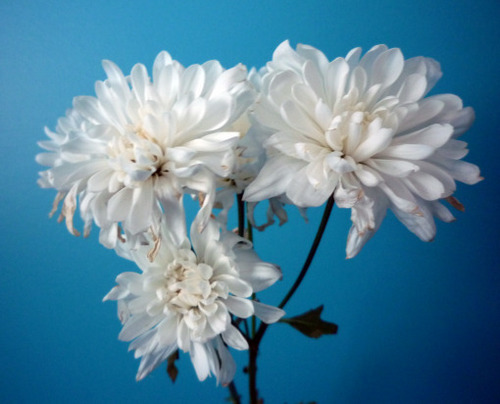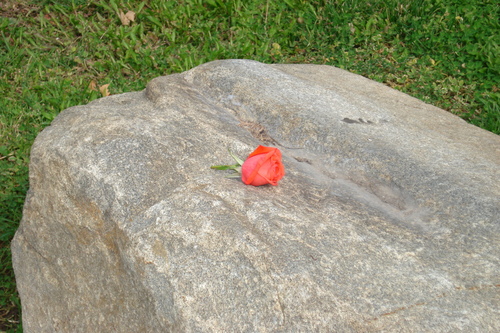Photography! Who could have thought that we would now be able to take pictures through a digital camera and transfer to a computer and change the colors au any of the attributes of an image au a photograph?
Digital cameras are sharper and provide high quality pictures that can be used over multiple mediums. Sir John Herschel is a man who invented the term ‘Photography’ in 1839. This was also the mwaka when the process of upigaji picha was unveiled to the public.
How did upigaji picha really evolve? Well! It is the bi-product of laws of physics and compounds of chemistry. The evolution of upigaji picha is a completely scientific process starting with the use of optics in the 1830’s.
The dark room au Camera Obscura existed some four hundred years back, while cameras were being used since the 11th century and yet upigaji picha did not come into public use before the 1830’s.
There were different observations made kwa several people that finally led to putting together of all the missing pieces and this also announced the advent of photography. Some of those important observations are:
..In the 15th century, Robert Boyle found out that silver chloride turned dark when exposed to air and not light.
..In the early 1800’s Angelo Sala observed that when silver nitrate powder is kept in the sun for long, it turns black.
..Around 1727, Johann Heinrich Schulze made a discovery regarding colors. There were some liquids that changed their colors when they were exposed to light
..Thomas wedgwood conducted some experiments in the early 19th century. He had captured picha but could make the picha permanent.
..The first ever successful production of a photograph emerged in the June-July of 1827 kwa Joseph Nicéphore Niépce. The material used for this became hard when exposed to light for almost 8 hrs. Niépce went into a partnership with Louis Daguerre on 4th Jan, 1829 to work further on this.
Four years later in 1833, Niépce died and Daguerre continued alone to discover how to develop photographic plates.
Invention of the photographic plates meant that the exposure time was reduced considerably, from 8 hrs to 30 minutes. He also made another important observation and the conclusion drawn was that immersing an image in salt would make it permanent.
Paul Delaroche, a leading French scholar made a ripoti on this and the French government bought the rights in July 1839, and made it public on 19th Aug, 1839. This process was named Daguerreotype after Louis Daguerre.
The Daguerreotype process was expensive and one time affair. At that time there were no negatives available and hence the original photograph could not be reproduced. The only way of getting two copies was kwa using two cameras side kwa side. This led to the growing need of finding a way to copy pictures and finally led to the invention of the Calotype process kwa William Henry fox, mbweha Talbot.
Although the Daguerreotype was superior to the Calotype, the latter was able to provide multiple positive prints of a single picture in 1840.
This was the calling of a new dawn!
Digital cameras are sharper and provide high quality pictures that can be used over multiple mediums. Sir John Herschel is a man who invented the term ‘Photography’ in 1839. This was also the mwaka when the process of upigaji picha was unveiled to the public.
How did upigaji picha really evolve? Well! It is the bi-product of laws of physics and compounds of chemistry. The evolution of upigaji picha is a completely scientific process starting with the use of optics in the 1830’s.
The dark room au Camera Obscura existed some four hundred years back, while cameras were being used since the 11th century and yet upigaji picha did not come into public use before the 1830’s.
There were different observations made kwa several people that finally led to putting together of all the missing pieces and this also announced the advent of photography. Some of those important observations are:
..In the 15th century, Robert Boyle found out that silver chloride turned dark when exposed to air and not light.
..In the early 1800’s Angelo Sala observed that when silver nitrate powder is kept in the sun for long, it turns black.
..Around 1727, Johann Heinrich Schulze made a discovery regarding colors. There were some liquids that changed their colors when they were exposed to light
..Thomas wedgwood conducted some experiments in the early 19th century. He had captured picha but could make the picha permanent.
..The first ever successful production of a photograph emerged in the June-July of 1827 kwa Joseph Nicéphore Niépce. The material used for this became hard when exposed to light for almost 8 hrs. Niépce went into a partnership with Louis Daguerre on 4th Jan, 1829 to work further on this.
Four years later in 1833, Niépce died and Daguerre continued alone to discover how to develop photographic plates.
Invention of the photographic plates meant that the exposure time was reduced considerably, from 8 hrs to 30 minutes. He also made another important observation and the conclusion drawn was that immersing an image in salt would make it permanent.
Paul Delaroche, a leading French scholar made a ripoti on this and the French government bought the rights in July 1839, and made it public on 19th Aug, 1839. This process was named Daguerreotype after Louis Daguerre.
The Daguerreotype process was expensive and one time affair. At that time there were no negatives available and hence the original photograph could not be reproduced. The only way of getting two copies was kwa using two cameras side kwa side. This led to the growing need of finding a way to copy pictures and finally led to the invention of the Calotype process kwa William Henry fox, mbweha Talbot.
Although the Daguerreotype was superior to the Calotype, the latter was able to provide multiple positive prints of a single picture in 1840.
This was the calling of a new dawn!



